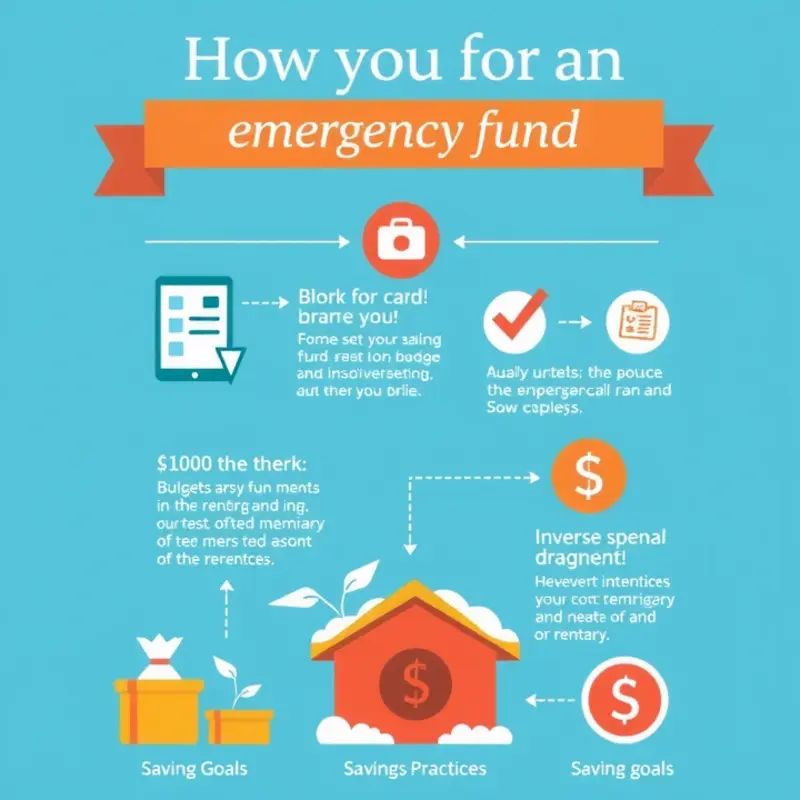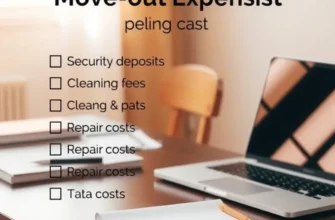Renting a home is an exciting milestone for many young professionals, couples, and families, yet it comes with unexpected costs that can catch anyone off guard. Whether you’re a first-time renter or a seasoned tenant, establishing a renters’ emergency fund is crucial. This fund not only provides financial peace of mind but also safeguards you against the unpredictable nature of home rentals. From unforeseen repairs to abrupt job loss, unexpected situations can arise, making having a financial cushion essential. By building a solid emergency fund, you can navigate these challenges with confidence and security. Discover practical steps to create and manage your renters’ emergency fund, providing you with the financial clarity you need in your renting journey.
Understanding the Importance of an Emergency Fund

For many young renters, the concept of establishing an emergency fund might not seem urgent. Yet, it’s crucial to grasp its importance early on in your renting journey. An emergency fund is more than just a financial cushion; it’s a safeguard against life’s unpredictable events that can financial stability. Without it, even minor setbacks can escalate into significant financial crises.
Consider the unexpected costs often associated with renting. Property repairs, for instance, may suddenly become the responsibility of a tenant, especially when agreements are unclear or in dispute. Picture a scenario where a leaking pipe causes damage to personal belongings; the financial impact can be overwhelming. This is where an emergency fund comes in, enabling renters to manage such repair costs without derailing their budget.
Moreover, the question of job security plays a significant role. Job loss or unexpected unemployment is a reality for many, and without sufficient savings, covering basic living expenses can become a daunting task. Having an emergency fund that can cover three to six months of essential expenses offers peace of mind and the breathing room needed to navigate such transitions more comfortably.
The peace of mind that accompanies a well-established emergency fund cannot be understated. Financial readiness cultivates a sense of security that allows renters to focus on other aspects of their lives without the constant stress of monetary uncertainty. It helps mitigate anxiety about unforeseen expenses, fostering a more stable and harmonious renting experience.
Developing an emergency fund isn’t solely about money; it’s about creating a buffer for mental well-being. Renters who prioritize savings become more adaptable and resilient, equipped to handle anything from sudden healthcare needs to abrupt changes in living situations. Preparing for emergencies is part of a comprehensive approach to being a responsible tenant.
To develop this essential financial safety net, renters need to prioritize their spending habits, cut unnecessary costs, and cultivate a mindset geared towards saving. With thoughtful planning, the goal of having a robust emergency fund becomes attainable.
For more insights on managing financial obligations while renting, you can explore understanding rent ledgers. This comprehensive guide delves into keeping a detailed record of rent transactions, an essential practice for any financially savvy renter.
Steps to Establish Your Emergency Fund

Setting up an emergency fund as a young renter is a crucial step towards achieving financial stability. This fund acts as a safety net in times of unexpected expenses, like sudden car repairs or medical emergencies, which could otherwise derail your budget.
Start by assessing your monthly expenses. Calculate your rent, utilities, groceries, and any other essential expenses. These numbers will help you determine a realistic savings goal. Financial experts typically recommend saving three to six months’ worth of expenses as an ideal emergency fund size. However, starting with even a one-month buffer can provide peace of mind.
Budgeting Effectively
To build your emergency fund, you need to prioritize saving. Begin by setting a monthly savings target, then incorporate it into your budget as a non-negotiable expense. Use the 50/30/20 rule as a guide: allocate 50% of your income to needs, 30% to wants, and 20% to savings and debt repayment. This ensures you’re saving consistently while still managing your expenses.
Track your spending meticulously. Consider using budgeting apps that categorize your expenses and show where you can cut back. By identifying areas to reduce spending, such as dining out less or eliminating unused subscriptions, you can redirect those funds to your emergency savings.
How to Save
Opening a separate savings account specifically for your emergency fund can be beneficial. This keeps the money out of your immediate reach, reducing the temptation to dip into it for non-emergencies. Choose an account with minimal fees and easy online access, ensuring your savings remain liquid and accessible when needed.
Automate your savings to make the process seamless. Set up automatic transfers from your checking account to your emergency fund each payday. This “set it and forget it” strategy helps you save consistently without having to remember to do it manually.
Accessibility and Maintenance
Keep your emergency fund easily accessible, but not too accessible. An online savings account that is separate from your primary checking account is ideal. Avoid investment accounts that might offer higher returns but carry the risk of market fluctuations and lock-in periods.
Reassess your emergency fund annually. As your living situation or expenses change, so should your fund size. For instance, moving to an area with different living costs might necessitate an adjustment in your savings goal. Organizing your moving documents carefully when relocating can help you reevaluate your expenses and savings needs.
By approaching your emergency fund strategically, you lay the groundwork for financial resilience. This not only helps you handle crises with confidence but also establishes a solid foundation as you transition into future financial commitments and goals.
Final words
Creating a renters’ emergency fund is a crucial step in achieving financial stability and peace of mind while renting. By understanding the importance of this fund and following practical steps to establish it, renters can prepare themselves for life’s unexpected events. Remember, everyone’s situation is unique, so tailor your saving strategy to fit your lifestyle, budget, and needs. With a solid financial cushion, you’ll not only safeguard against unforeseen financial burdens, but also empower yourself to enjoy your renting experience more fully, free from worries about unexpected expenses.









